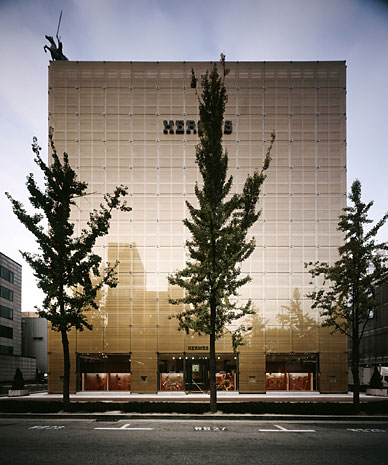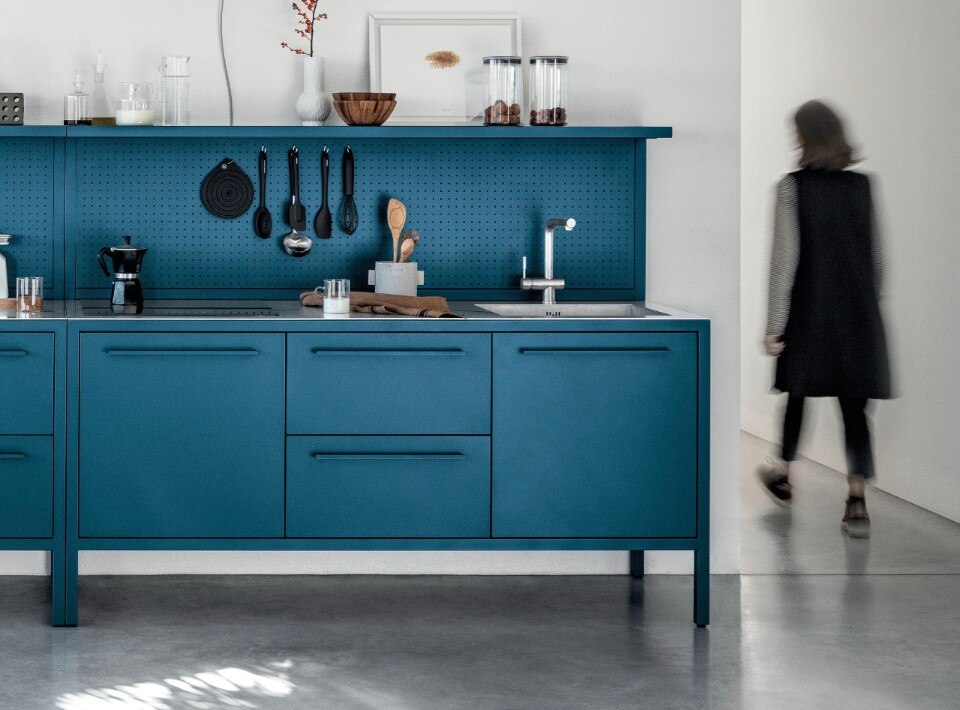Photography by Masao Nishikawa
In Korean villages, trees are considered the protectors of homes and their inhabitants. American artist Hilton McConnico bore this in mind when designing the small museum inside the Maison Hermès in Seoul which opened in November at Dosan Park, the most expensive neighbourhood in the South Korean capital. The new building, designed by Rena Dumas’s Paris-based practice RDAI, houses a large store, offices, a space for contemporary art (the first exhibition was an installation by Daniel Buren), a reading café and a small museum where a selection of objects connected to travel are on show, collected over time by the owners of the Maison. Hilton McConnico has treated these curious objects in a highly original way, placing them inside stylised tree trunks covered entirely with strips of coloured leather, a precious “bark” made possible by the skill of the Hermès artisans.
The museum is located in the building’s basement level, and has a full-height secret garden at the centre designed by Louis Benech. With its surprising mirrored ceiling, entering the museum is like being immersed in an enchanted forest, the meaning of which is not immediately perceived. The alcoves that contain the objects are not immediately visible, and it is only after moving inside among the trees that these “visitors” can be discovered. The collection can then be understood in its entirety when one turns round and moves through the space towards the exit. Hilton McConnico was born in America but is based in Paris. An eclectic artist (painter, photographer, filmmaker, set designer, product designer), he has for some time been linked to the French company: he has also contributed to the Maison Hermès in Ginza in Tokyo, designed by Renzo Piano with interiors by Rena Dumas.
The Maison at Dosan Park was designed by RDAI and is the largest built project to be realised by Rena Dumas and her practice. “When I took on this project I felt a sense of freedom and yet at the same time a great sense of responsibility. This also provided a lot of motivation for my team”. Rena Dumas was presented with a square shaped site with streets on all sides, something of an exception in the Korean city. The square became one of the main themes in the design. “To be able to consider the building as a complete volume and not just a facade was a real advantage, as well as a source of inspiration for the design. The square is a simple shape but allows a high degree of freedom”. Everything in this Maison is guided by the square in some way. Even the exhibition “Filtres colorés” designed by Daniel Buren for the inauguration of Atelier Hermès in Seoul (on the first floor of the Maison)* offered a variation on the theme of the square. Buren’s installation – his second one man show in Korea – consisted of 25 frames, each containing three square sheets of coloured glass, that formed a dialogue with the structure of the building.
Because it is first and foremost the volume of the building, a cube with its sides hollowed out, that is marked by the square: the elevation that faces the main street and the two side elevations are entirely in glass, in square modules – or at they least appear to be, in reality the structure of the facade is made up of vertical rectangles – decorated in gilded strips, underneath which a further square grid can be perceived. Between the two glazed surfaces is a gap of 30 cm. While the outer surface is golden, the inner one is marked with fine white lines that give the glazed modules the appearance (and function) of a curtain. The result is a protected transparency that respects the individual, that allows visibility towards the outside while preventing one from being seen from the outside. As Rena Dumas, of Greek origin, points out, the design makes reference to Mediterranean architecture, the claire-obscure, the use of shutters and grills that protect from the sun and also allow one to look out without being seen. The transparency has a particularly theatrical effect at night, when the interior illumination lights up the entire building and makes it pulse. “This building is exciting, it gives joy to people because it is bright. I think of light as a material and a design tool but I like it to penetrate in a non aggressive way”.
In fact natural light enters right into the heart of this building, whose apparent denseness hides a void that penetrates the whole height, right from the basement, where the Cafè Madang is located, a library specialised in equestrian books and a cafe for the clients and the Promenade Museum, designed by Hilton McConnico, where a small part of the Émile Hermès Collection is displayed. The internal courtyard, that can be perceived by the presence on the side elevations of the building of two deep and different vertical cuts with terraces, plays a double role of secret garden and medium: two of its walls are transparent and allow communication between the various floors of the building. The transparency is contrasted by the dense and sensual roughness of the other two walls, in hand worked stone, the same stone used to clad the fourth elevation, the back facade. The texture of the stone recalls, three dimensionally, the striped decoration of the glazed facades. The internal courtyard and its indigenous vegetation is also visible from the terraces, placed at different levels, and the roof garden. Rena Dumas loves materials, natural ones as well as those derived from new technologies, used in sensitive and intelligent ways; she maintains that knowledge of them is fundamental for any design, right from the start. Designing an object and knowing from the start from what material it will be made is reassuring, takes the worry out of the work of the architect. She loves to experiment with how different materials can work together, combining colours and textures. In the same way she loves to design staircases – the spiral one that connects the basement with the second floor of the Maison at Dosan Park is truly skilful and the leather covered handrail adds an extra Hermès touch to the whole design.
Architectural Conception:
Rena Dumas Architecture Interieure (Architects: Rena Dumas, Denis Montel & Nicolas Karmochkine, Thodoris Zoumboulakis. Assistant Architects: Jean-Francois Py, Dongha Kwak)
http://www.renadumas.com
Glass production consultant:
Techniques Transparentes (Guillame Saalburg)
Museum Design:
Hilton McConnico, Gwen Noury. Assistant: L'Eau Design, Yoojung Kim
Engineering and Design:
Ingerop (Alain-Pierre Grésil, Vincent Moraël, Valérie Seys), Kunwon Engineering (Youngjin Chung)
Façade Engineering:
Arnauld de Bussierre & Associés J&S Hanbaek (Bongsuk Chung)
Lighting:
Philippe Almon Concepteurs Lumière & Design (Philippe Almon, Mathieu Roncheau)
Landscaping:
Agence Benech (Louis Benech)
Maison Hermès Dosan Park
630-26 Shinsa Dong
Gangnam-Gu, Seoul 135-895
* An exhibition dedicated to the 2006 Hermès Missulsang competition will be showing in Atelier Hermès until 18 March 2007, promoted by the Korean factory of the Maison. From 31 March until 24 May 2007, the space will be given over to artist Chung Seo Young.
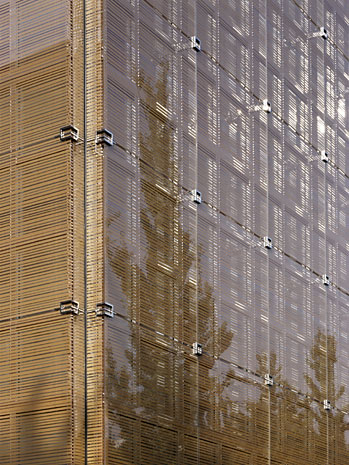
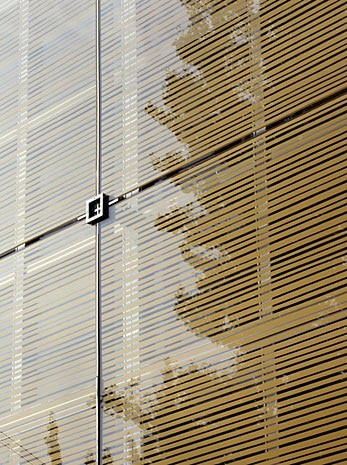
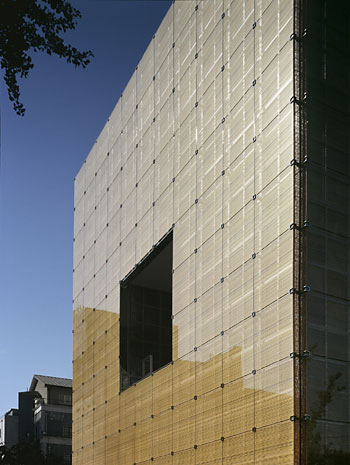
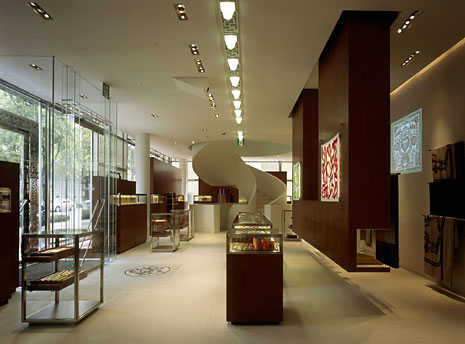
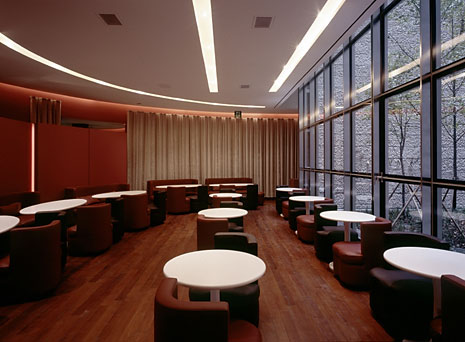
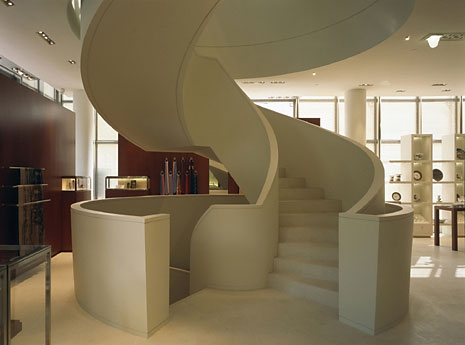
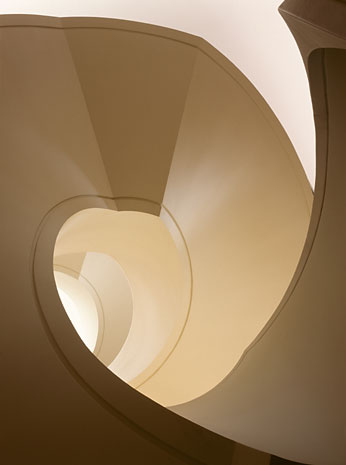
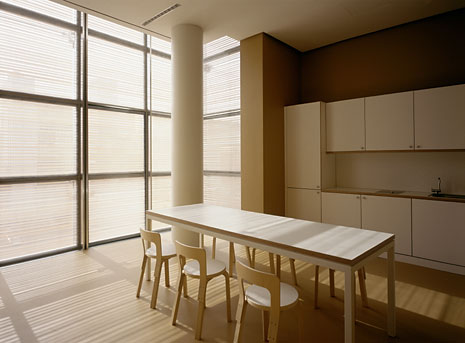
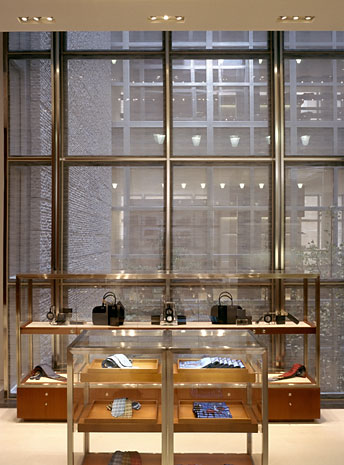
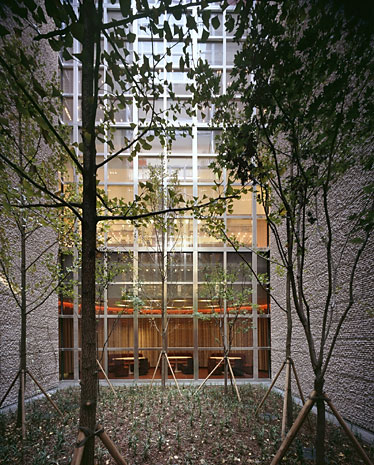
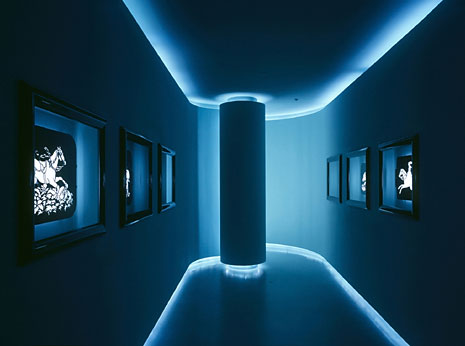
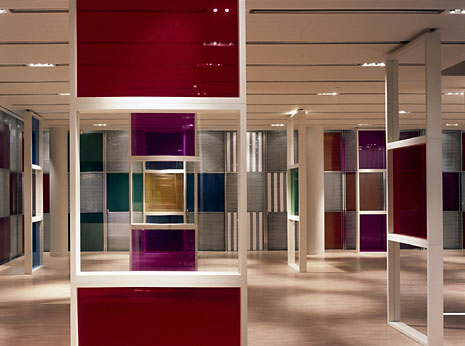
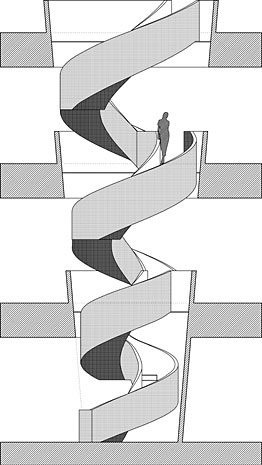
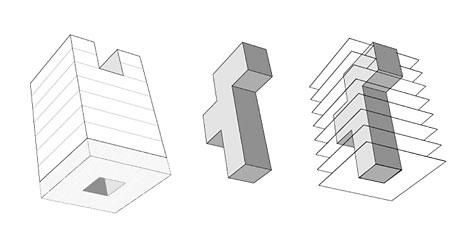
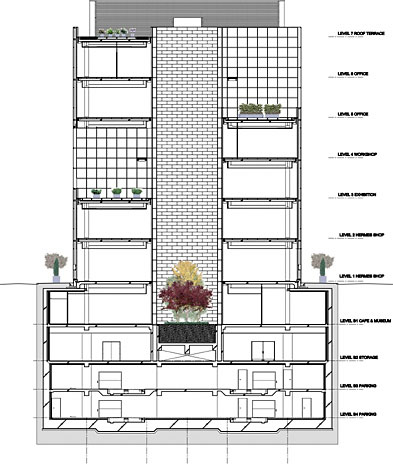

The New Brevo House by Pedrali
Brevo has given its Parisian headquarters, La Maison Brevo, a major makeover, prioritizing innovation and employee well-being for its 400 staff members. The furnishings, curated by Pedrali, transform the 3,000 sq m of interior and exterior space into dynamic, stimulating environments that foster collaboration and diverse work styles.


